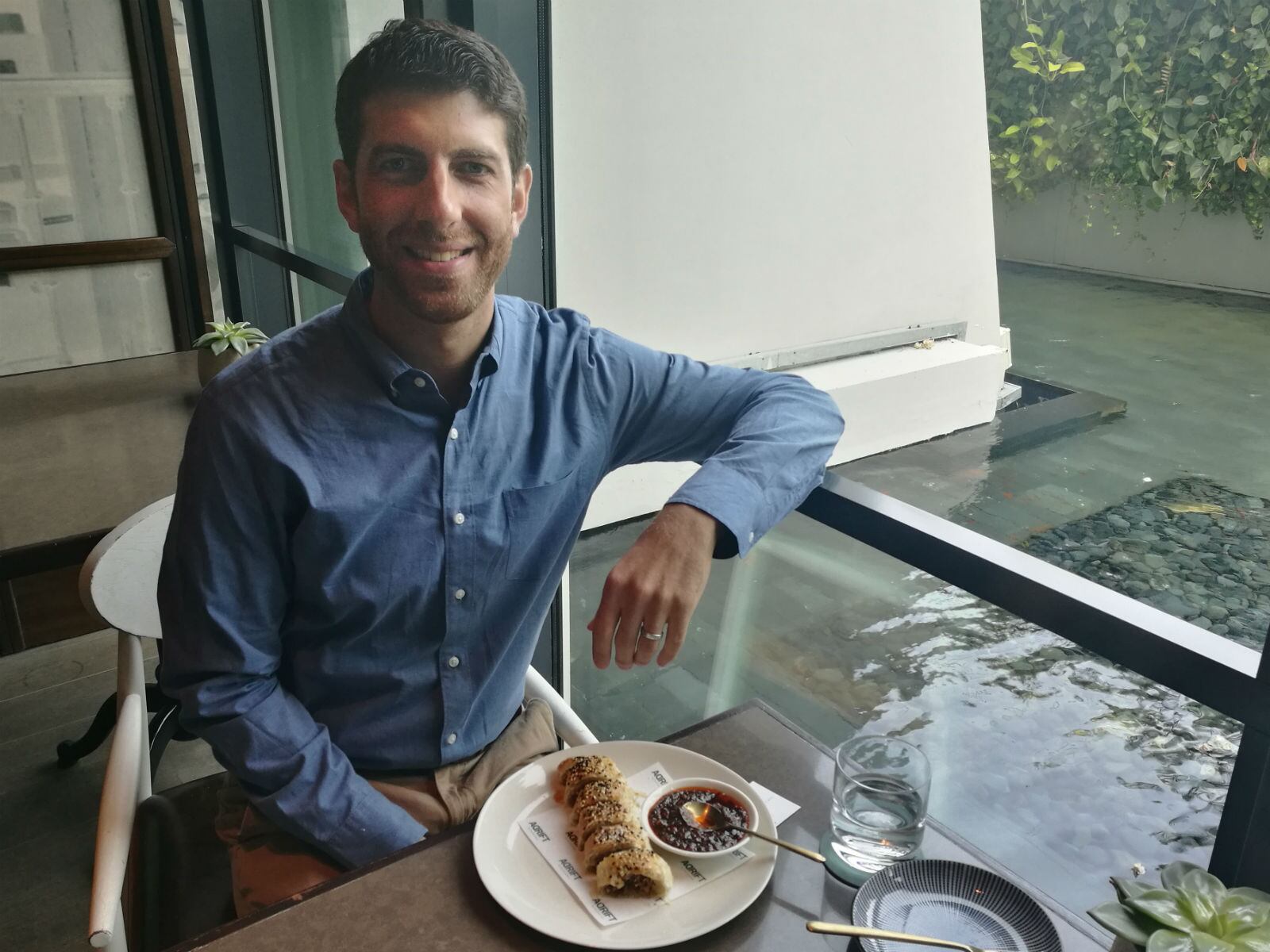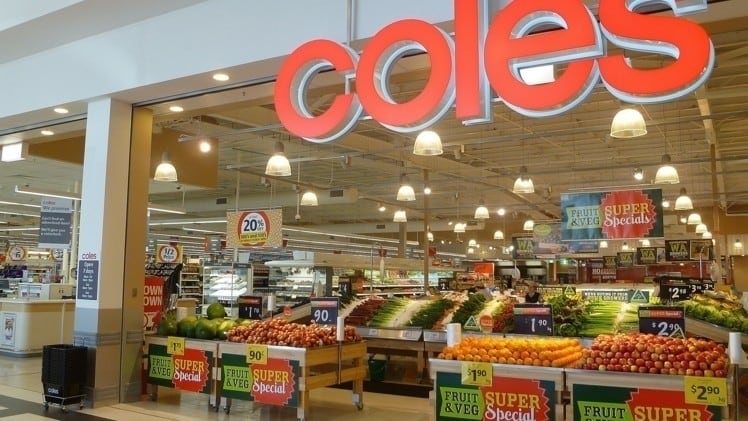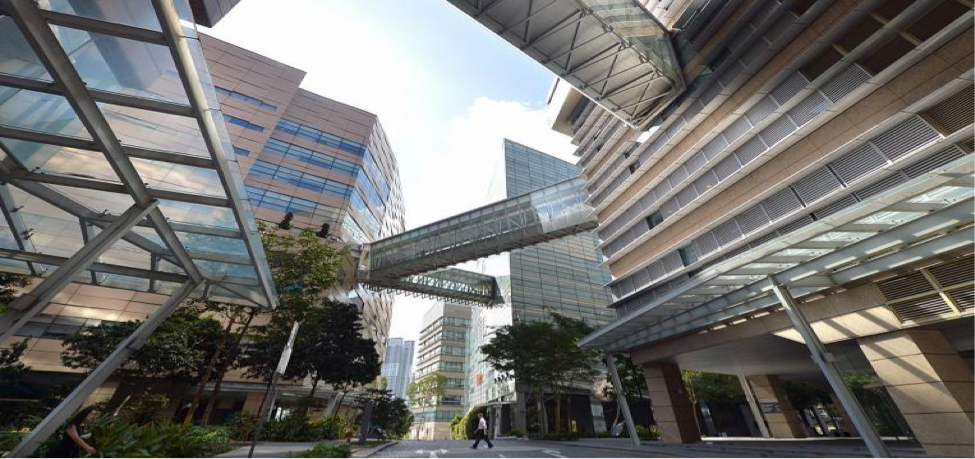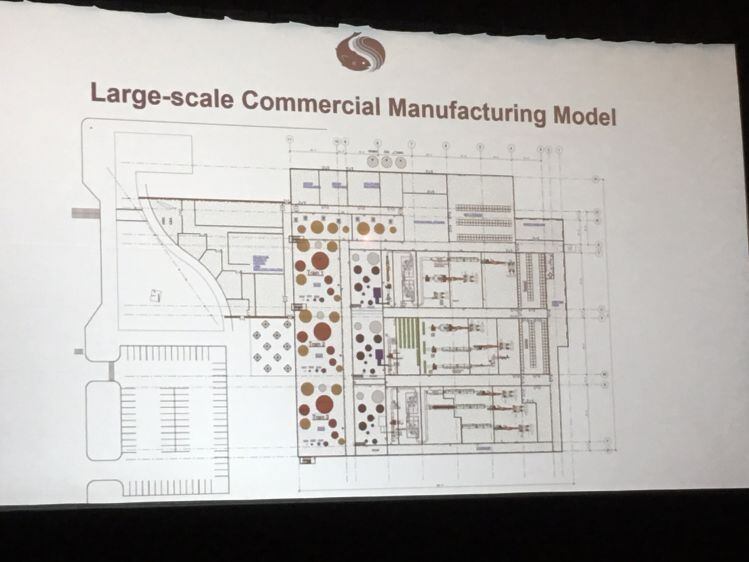Jordan Sadowsky, Impossible’s Director of International Expansions told us that the Singapore launch had always been a key ambition for the firm, which now has its sights on India and China
“Singapore is a culinary and cultural melting pot within Asia, and Asia is important to us because that's where most of meat consumption is happening today, almost half in total.
“It's also where most of the growth will be over the next 20 years, [and] for us, to get ahead of this growth curve was super important.”
The Impossible product that has been launched in Singapore is not a specific Impossible Burger or sausage, but an alternative ground beef made of plant ingredients made to ‘look, cook and taste exactly like ground beef’.
Local chefs are now crafting this into multiple finished food products like sausage rolls and flatbreads.
“The Impossible Burger is the most well-known iteration of use of our product, [simply because] in the US where we first launched, burgers are an iconic menu item,” he explained.
“90% of restaurants in the US were serving burgers for the first year after we launched, and from a brand standpoint, it was much simpler to describe, the simplest thing to make, and carried weight with the consumers.
“[Now], we’ve launched in Singapore in eight restaurants and are offering 16 unique dishes, over 10 of which are not burgers – the final product is dependent on the outlet.”
Versatility and diversity
Sadowsky added that the creativity that Singapore is showing in terms of using the product had been ‘inspirational’ for people back in the United States.
“When people back [in the US ] see pictures about the launches and applications here in Singapore and Hong Kong, they ask ‘Why can't we get that here?’,” he said
“It's the number one thing I hear, why can't restaurants in the US be this creative with the product, [and] I think it's going to happen, because all it takes is just that inspiration and then people will get more creative.
“They will take the versatility and diversity here and draw inspiration from that – and that is actually the biggest impact that Singapore and Hong Kong have had on our US business, the versatility point.”
Nonetheless, he emphasised that for Impossible, the main point of entering Singapore was not just its impact on the US business, but more of actually setting a foundation for Asia in the future.
Challenges and more
On the regulatory front, the main ingredient that required approval was soy leghaemoglobin (haeme), which it uses for both nutritional and flavour reasons, and is what famously makes the product ‘bleed’.
“The Agri-Food & Veterinary Authority of Singapore (AVA) here was very thorough and reviewed all the data and safety testing that the Food and Drug Authority (FDA) reviewed, but were very quick with their judgement as compared to some of the other countries we are looking at going into in Asia,” said Sadowsky.
“In some of these countries, the process could take two or three years or require additional data, but here the AVA was satisfied with the data we provided that the FDA had scrutinised, and we managed to get approval in around six months.
Impossible cleared the FDA Generally Recognized As Safe (GRAS) process for haeme back in 2014.
Beyond Singapore
According to Sadowsky, Singapore is definitely not Impossible’s last stop in Asia.
“[We] look at this [launch] as a launchpad essentially, both from a transcending perspective and a business perspective,” he said.
“Impossible wants to be everywhere that meat is consumed today, so we want to be in China and India which contributes a majority to that [consumption].
“[Although] we don't have timelines that we can share right now, I will say that we will not wait very long for this.
“[Our] mission is to replace animals in the food system by 2035, so we'll be moving as quickly as we can.”
Retail dynamics
In terms of making a mark in the retail space, Sadowsky said credibility and affordability were crucial.
“We look at our main competition as meat, and not other plant-based products. What we want to do is convince meat eaters that they would enjoy our product and not have to compromise on anything.
“The other thing is to [create] a brand that people are proud to share, so when they like us, they will share us with those around them.”
As for accessibility, he added that mainstream success was crucial.
“[While we start a bit more premium in some of our markets, we definitely intend on becoming more available to the masses,” Sadowsky said.
“We already are [accessible] in the US, and an Impossible slider can be bought for just US$2 at White Castle – and anyone can afford that, every day.
Sadowsky will be part of a panel discussion discussing the retail dynamics surrounding non-traditional sources of meat come March 29, at the Disruption in Food and Sustainability Summit in Singapore.





